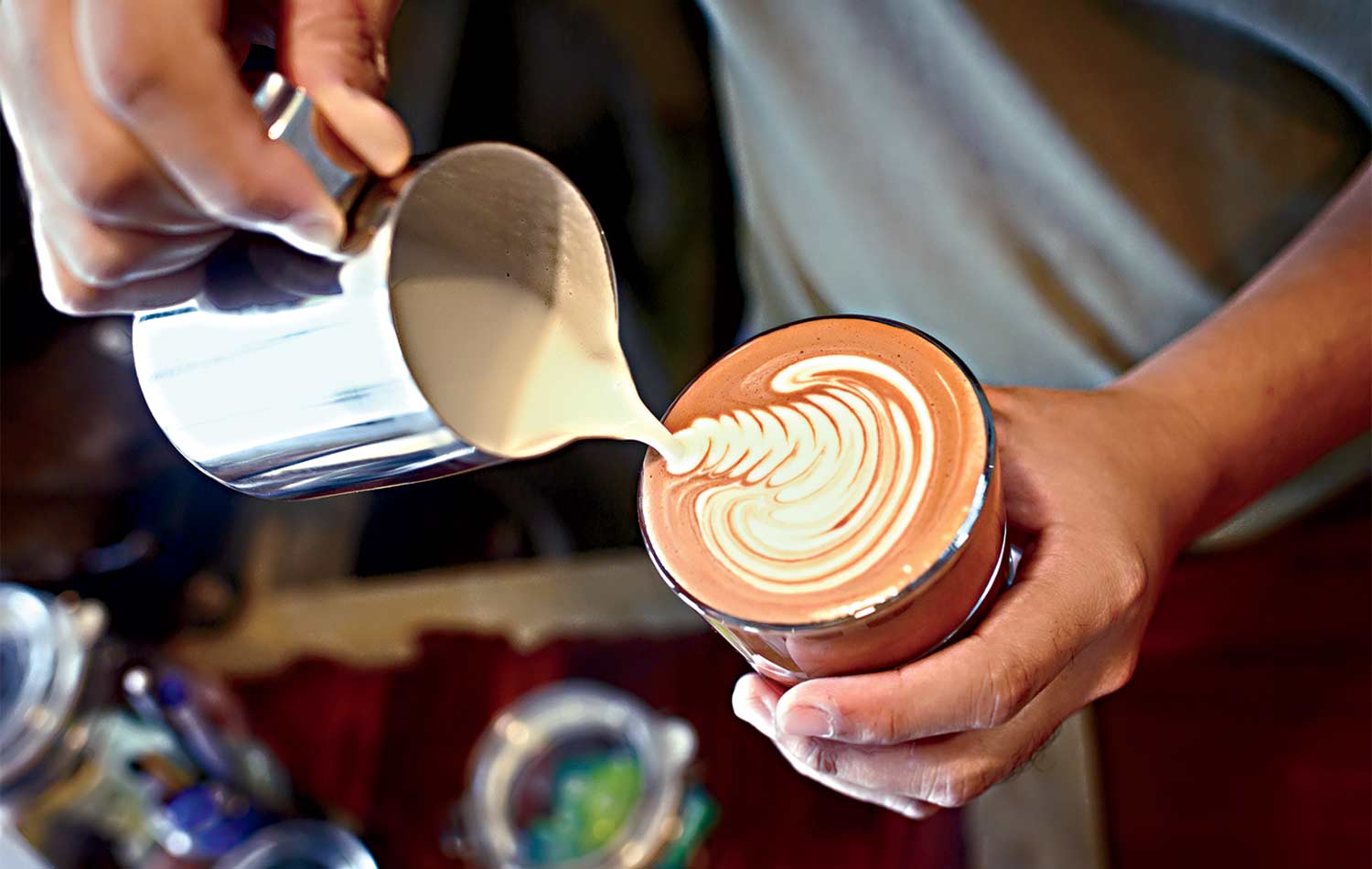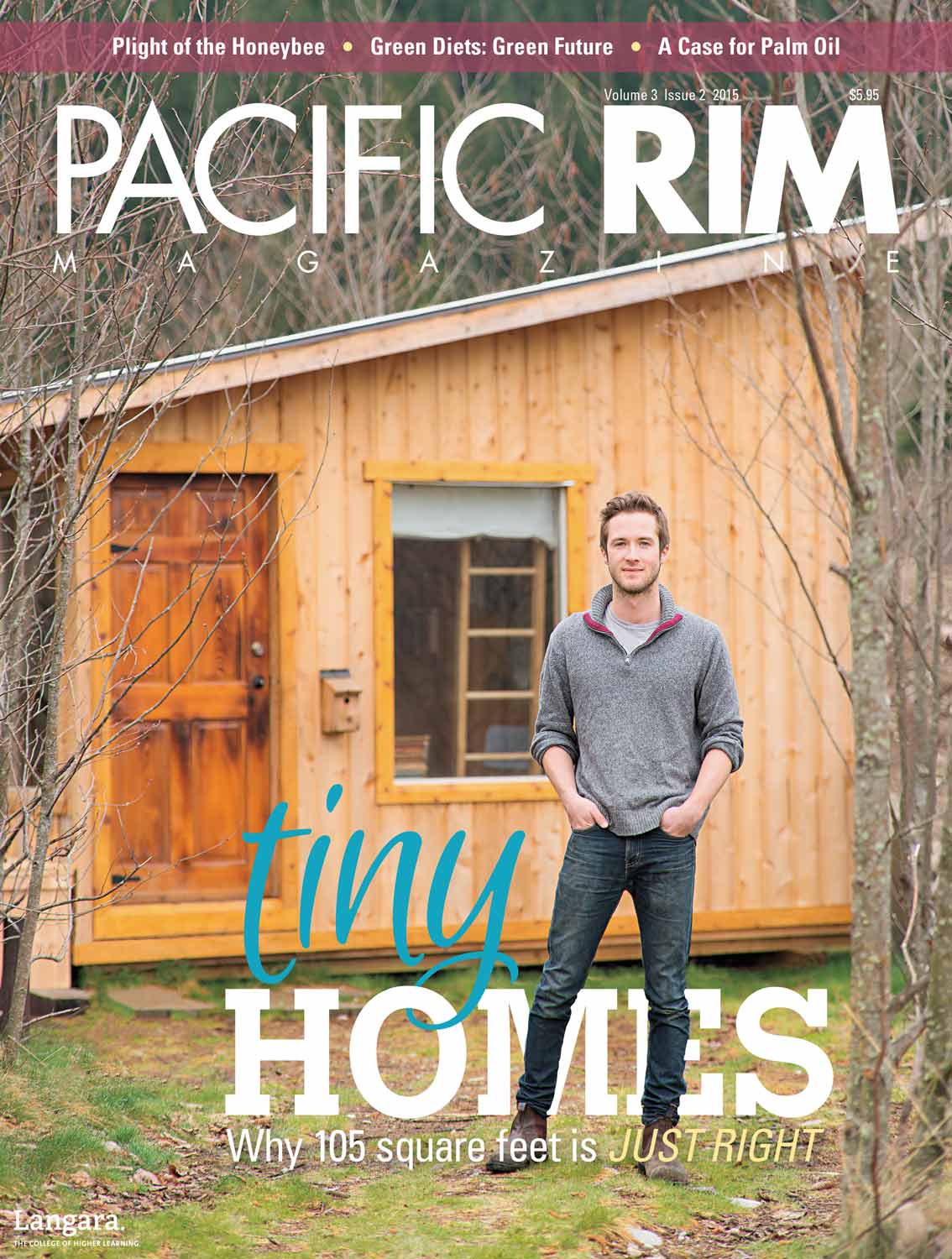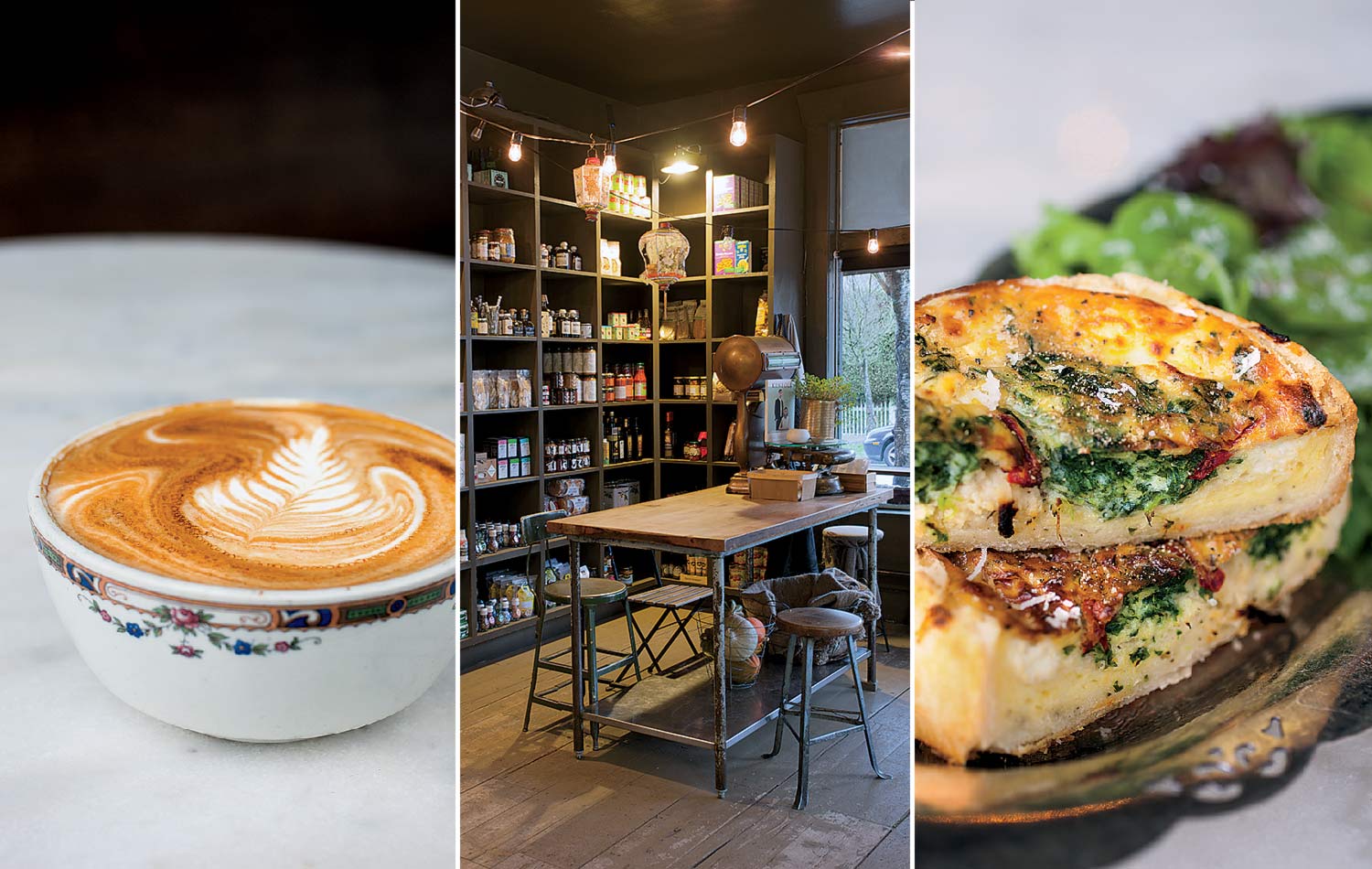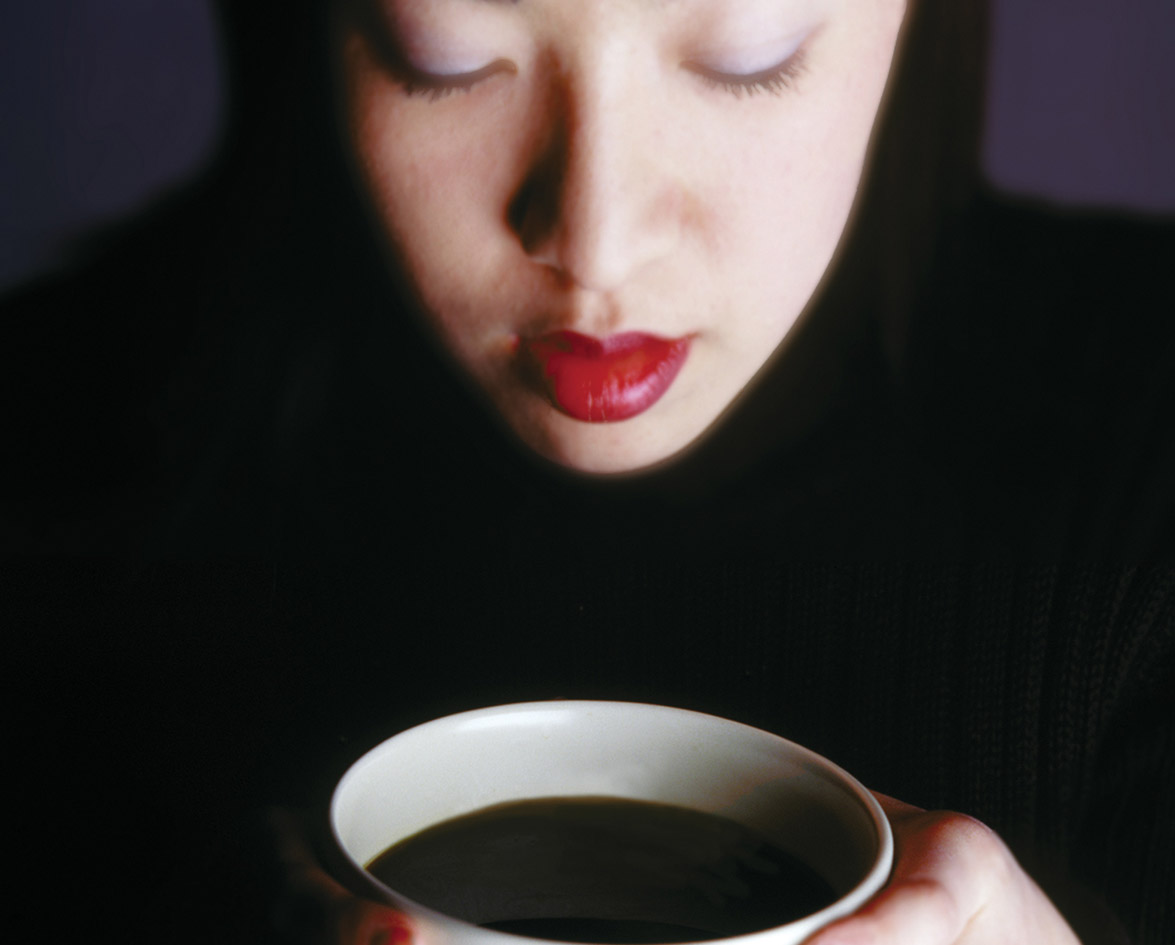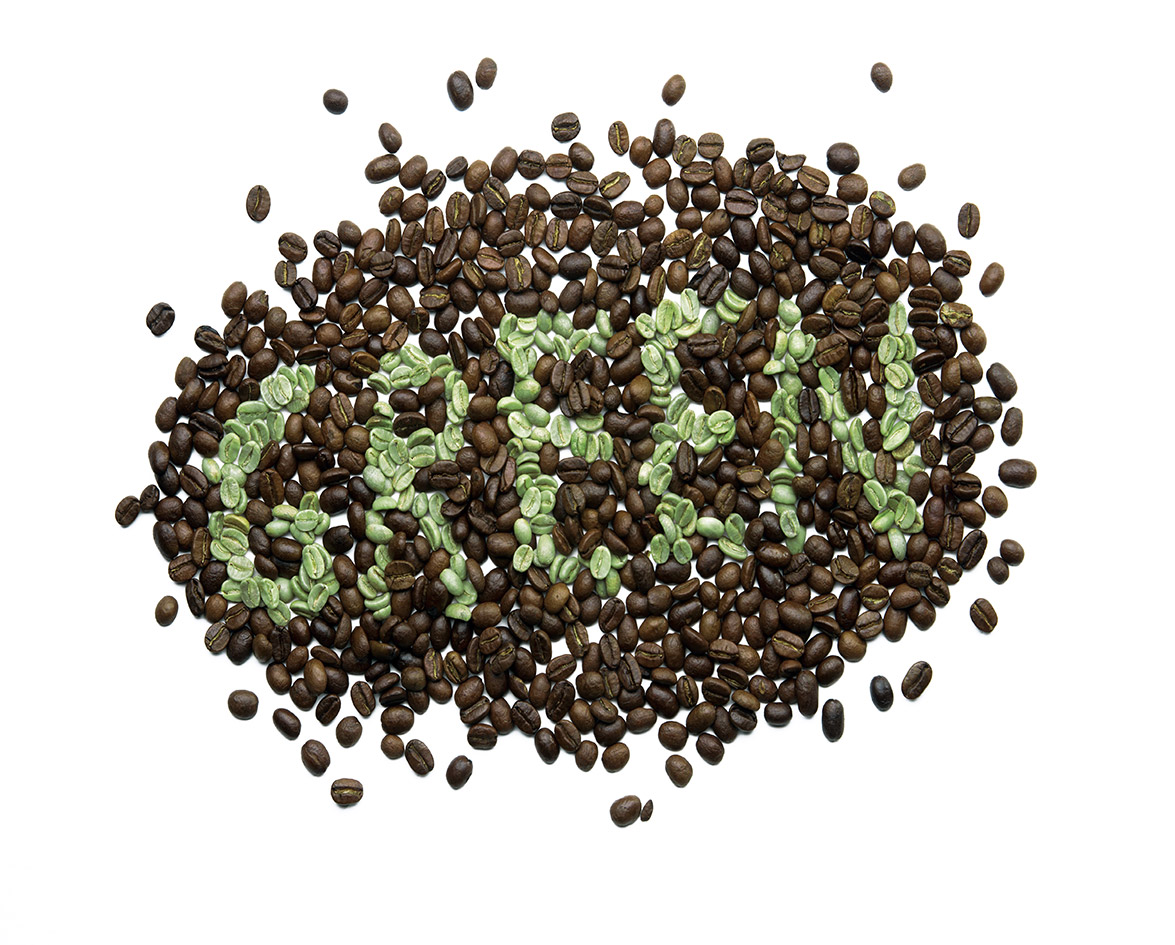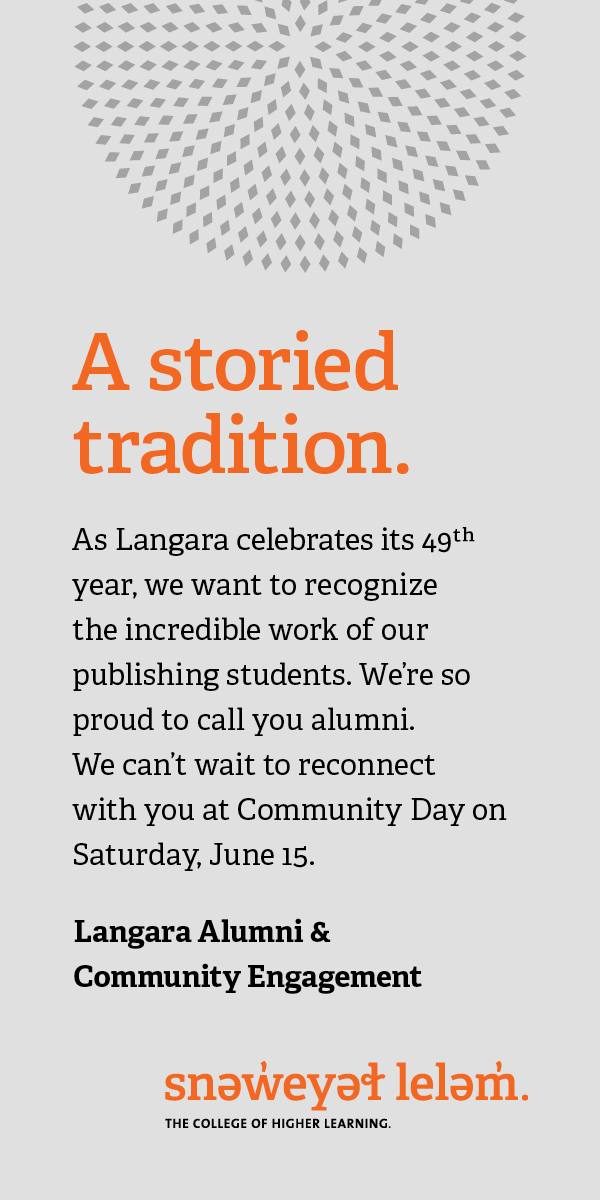Coffee has long been a part of most North American adults’ morning ritual. That first hit of caffeine means the day has really started, and you’re ready to face it head-on. But for as long as we’ve been drinking coffee, we’ve been arguing about what tastes best. Latte or cappuccino? Flat bottom brew or French press? Single-origin beans or region blends? The opportunities for debate are vast and varied. But even if you consider yourself a coffee connoisseur, odds are pretty good that you still aren’t as java-obsessed as the average Australian.
Since the 1950s, Australian coffee culture has become a point of pride for our mates Down Under. Lonely Planet even goes so far as to call coffee-drinking a “diehard national habit.” The post-World War II influx of Greek and Italian immigrants brought stovetop coffee makers and a love of espresso to the country. By the 1980s, cafés were staple businesses in most Australian neighbourhoods.
Australians value the personal nature of a small café: nearly 95 percent of the Australian coffee market belongs to independent businesses. Even Starbucks, despite its caffeine-fueled domination of almost every major Canadian and American city, doesn’t have its usual stronghold. In fact, Vancouver has more than four times as many Starbucks stores as there are in the entirety of Australia: over 100, compared to Australia’s 24. “[Small Australian cafés] take such pride in not only the taste, but the presentation, with cute cups, logos, and coffee art,” says Kaitlin Richardson, a travel tour director who moved from Canada to Australia in 2012. “Coffee shops can be anything from a little hole-in-the-wall with no seats to an old storage container on a street corner.”
Don’t count on getting a plain old cup of joe, either: coffee drinks in Australia are almost entirely espresso-based. One of the most popular is the “flat white,” which features a stronger espresso flavour than a latte or cappuccino and typically has thick, velvety steamed milk with very fine foam. Making the drink properly requires a great deal of skill; measuring and timing espresso shots perfectly, as well as steaming the milk to create just the right consistency, takes training and practice.
The expectations of quality are so high that the Australian government has developed accredited courses in preparing and serving espresso coffee as part of many hospitality certificate and diploma programs. For Australians, drinking coffee is about more than just the buzz; it’s about the whole experience, and that includes sitting down and taking the time to enjoy your brew. “Going out for your coffee is part of the point,” says Richardson. We live in an era where convenience is key, especially when it comes to food and drink. Maybe it’s time we follow the example of our coffee-loving friends across the Pacific, and take a moment to stop and smell the espresso.





